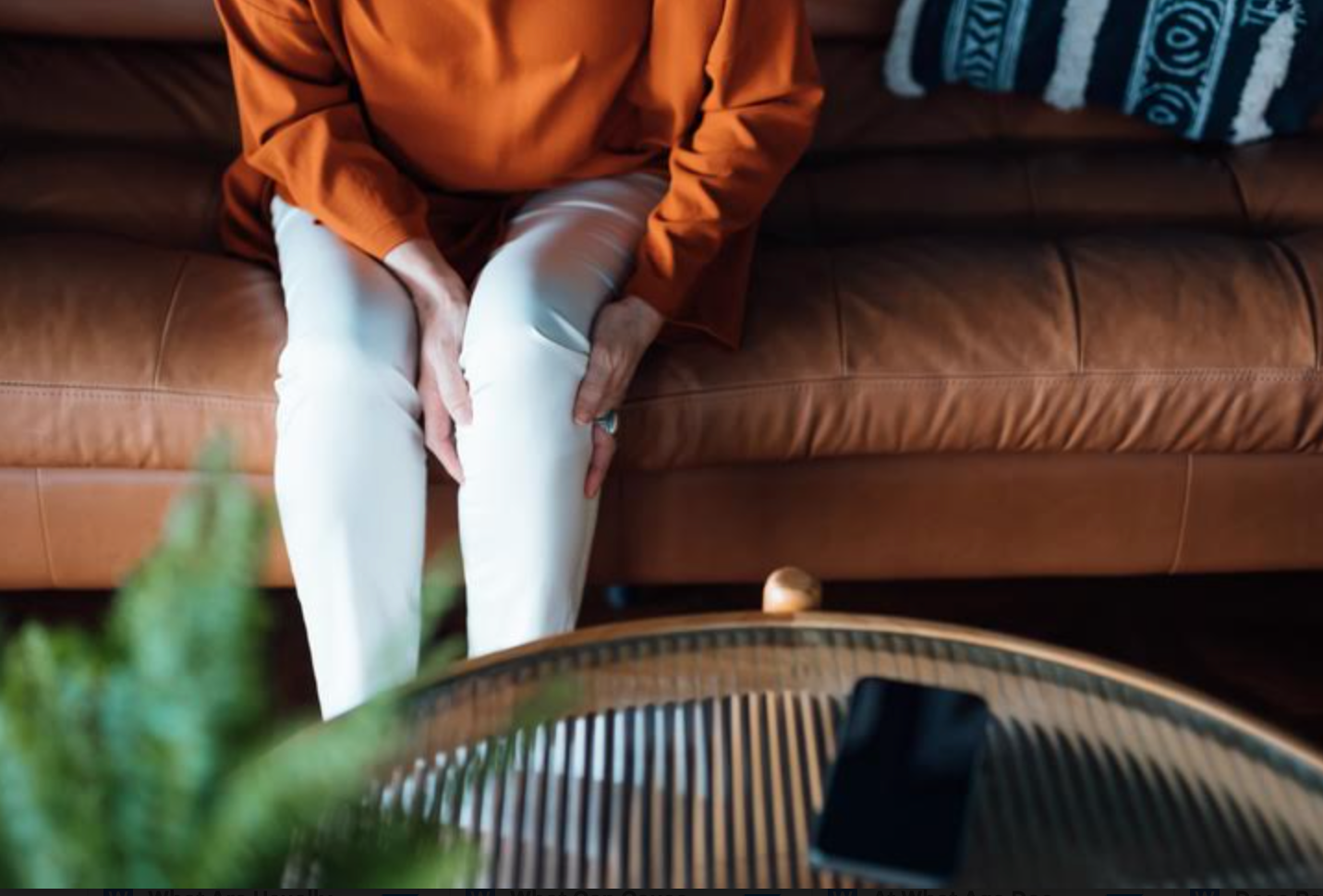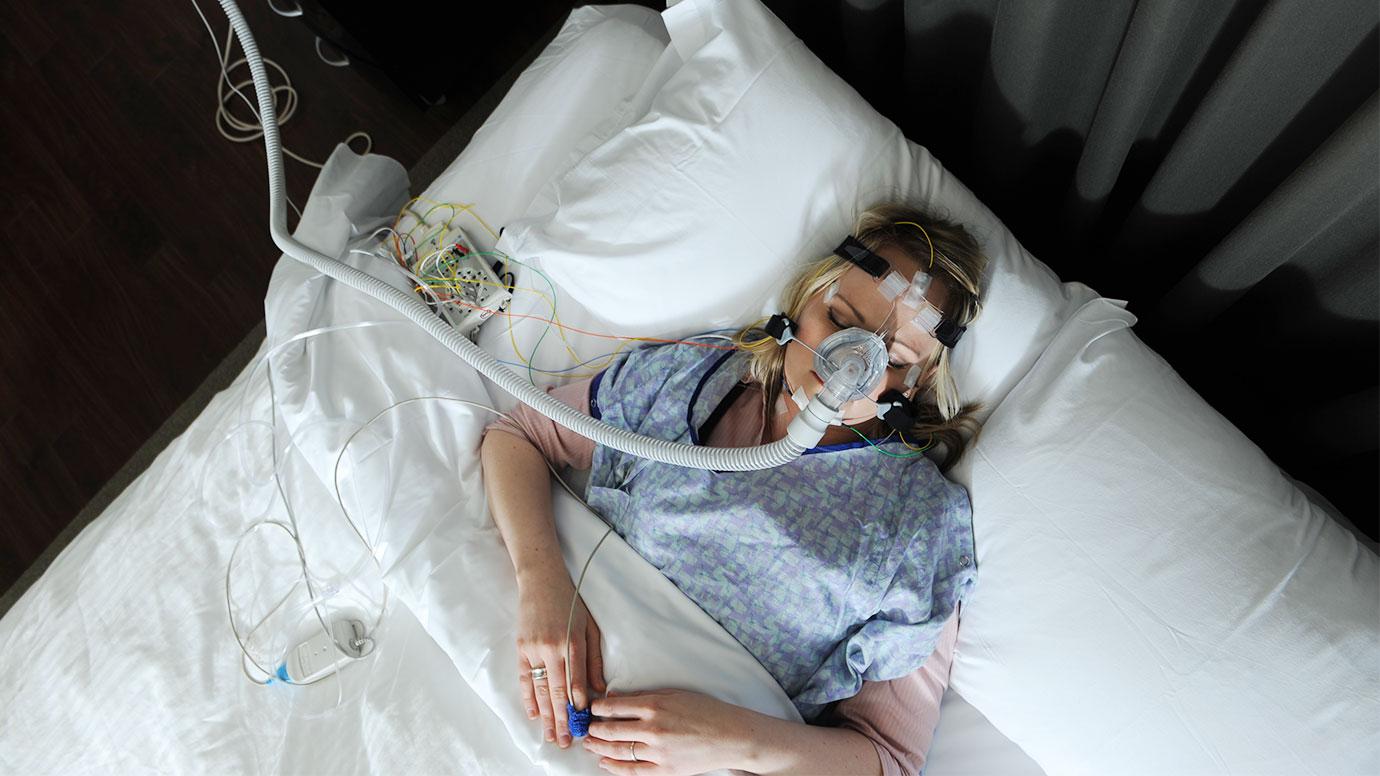The pelvic floor is the muscles between the hip and sacrum, present in men and women that support the bowel and reproductive organs. These muscles also give postural and low back support. Weak muscles or very tight muscles of the pelvic floor are responsible for pelvic floor dysfunction. However, this dysfunction can be treated with the help of pelvic floor physiotherapy.
Pelvic floor physiotherapy addresses the pain and dysfunctions of the pelvic floor. It is provided by a physical therapist trained in the urogynecological area. Pelvic floor physiotherapy by Integral performance physio has trained and experienced physical specialists and urogynecologists working together with a multidisciplinary approach to provide the correct treatment with keeping your comfort in mind.
Problems that can be treated by pelvic floor physiotherapy:
- Urinary issues – like urinary incontinence, urgency or frequency, pain while urinating, difficulty emptying the bladder.
- Bowel problems- including painful and strained bowel movement, fecal incontinence.
- Vaginal problems – vaginismus and vulvodynia that is a pain in the vaginal canal and vulva, pain in the clitoris known as clitorodynia.
- Abdominal pain.
- Pain during intercourse.
- Erectile dysfunction in men.
- Prostatitis.
- Rectal pain.
Pelvic floor physiotherapy techniques:
Your doctor will first do an assessment involving external and internal muscle evaluation and understand your symptoms. There are both internal and external therapies, but the doctor will first follow external therapy and then internal therapy until you are comfortable. Different types of techniques are given below:
- Trigger point therapy – this can be internal as well external. It involves putting pressure on some parts of the spots. Internally it is done by using anesthesia to the trigger area.
- Myofascial release technique – this involves deep tissue massage to relieve stress.
- Kegel exercises – contraction and relaxation exercises of pelvic floor muscles help strengthen the muscles. These exercises also help you to relieve pain caused during intercourse and incontinence.
- Skin rolling is a massage technique that loosens the skin, releases tension, and increases flexibility.
- Electrical stimulations – pain and muscle spasms can be treated with the help of electrical stimulation. This technique can be performed in the physical therapist’s office or at home.
- Dilators are sometimes also used to loosen the tight muscles of the vagina and relax them.
- Biofeedback includes using electrodes and placing them outside the body between the vagina and anus if done externally. Internally the process can be done by using an internal probe to sense or detect the relaxation and contraction of the muscles. The result is then displayed on the biofeedback readout, which the therapist will discuss with you.
- Interferential therapy and therapeutic ultrasounds are also sometimes used to relieve muscle spasms.
Consults your doctor for any concerns and discomfort so they can understand you and provide you with the necessary treatment.




